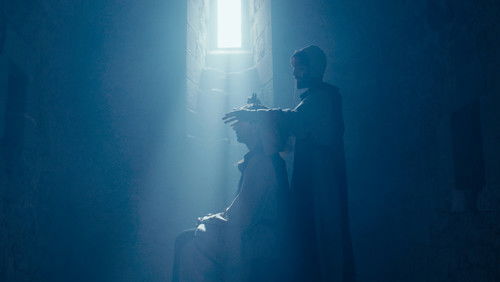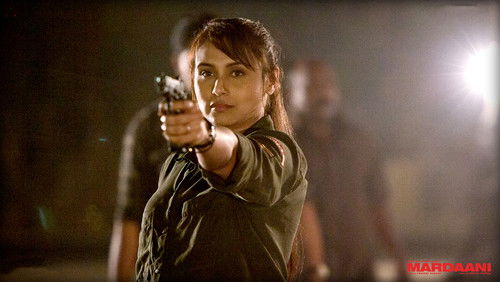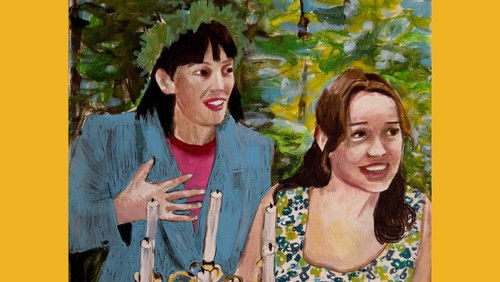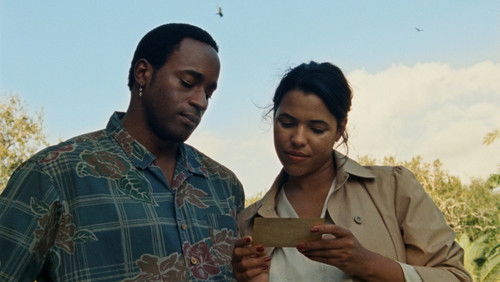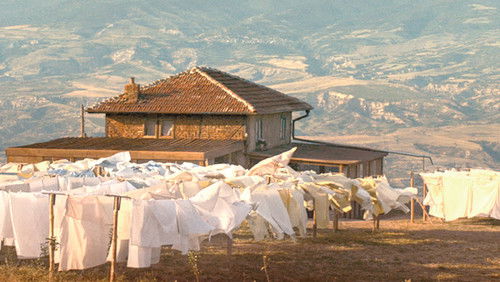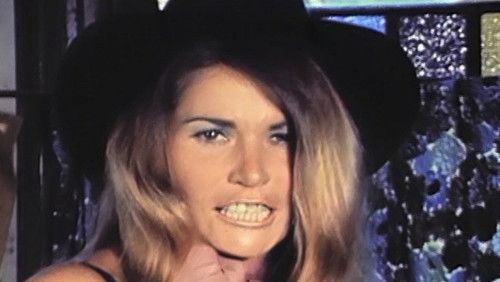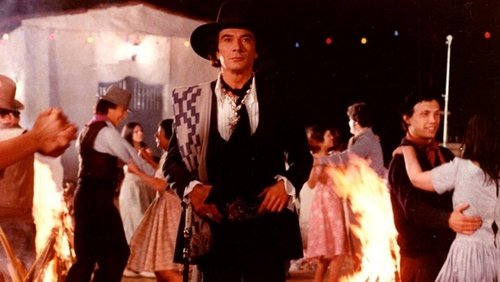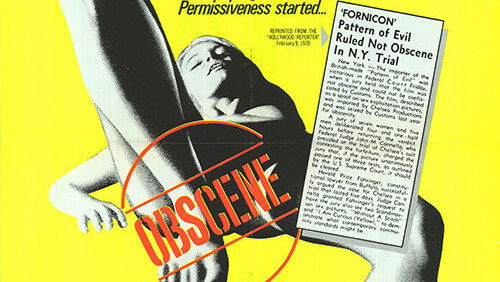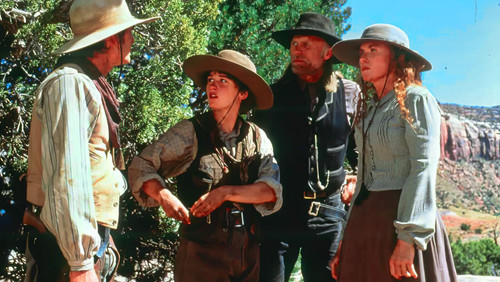The Invisible Woman (2013)
55KThe Invisible Woman: Directed by Ralph Fiennes. With Felicity Jones, John Kavanagh, Tom Attwood, Susanna Hislop. At the height of his career, Charles Dickens meets a younger woman who becomes his secret lover until his death.
“There was a film called u0026quot;The Invisible Womanu0026quot;, a sequel to u0026quot;The Invisible Manu0026quot;, from 1940, but there is no connection between that film and the 2013 version. This film is not science fiction but the story of the love affair between Charles Dickens and his mistress Nelly Ternan. Nelly is u0026quot;invisibleu0026quot; in the sense that Dickens, worried about the possible effect on sales of his books, is forced to keep her existence a secret, even though it is common knowledge that he and his wife Catherine have separated. Intercut with the main action are scenes showing Nellyu0026#39;s later life in the 1880s, more than a decade after Dickensu0026#39;s death, as the wife of a man named George Wharton Robinson.u003cbr/u003eu003cbr/u003eI had previously always thought of Nelly as a gold-digging bimbo, a talentless actress who used her good looks to snare a famous, wealthy older man and lure him away from his wife. That is not, however, how she is portrayed in this film. It is, in fact, Dickens who comes off badly. As played by Ralph Fiennes (who also directed) he comes across as a jovial, fun-loving party animal, revelling in his fame and celebrity, but also deeply selfish, not only in the way he treats Catherine but also in the way he treats Nelly. Nelly herself, by contrast is portrayed as a rather serious young woman, who in many ways shares conventional Victorian attitudes towards sex. She is, for example, shocked to discover that Wilkie Collins, Dickensu0026#39;s friend and fellow novelist, lives quite openly with a woman to whom he is not married. She is in love with Dickens, but is distressed by her ambiguous status and by the fact that their relationship cannot be acknowledged. She is shown giving birth to a stillborn son in France, a detail which clearly betrays the filmu0026#39;s origins in Claire Tomalinu0026#39;s controversial biography. I should perhaps point out that not all Dickens scholars are convinced by Ms Tomalinu0026#39;s thesis that Nelly bore his child. (Indeed, some even insist that their relationship was platonic). The fact that the issue is still so shrouded in mystery and controversy, however, does indicate just what lengths he went to in order to protect his privacy.u003cbr/u003eu003cbr/u003eThe Nelly of this film is therefore a complex character, far more than a mere Victorian bimbo, and it is a tribute to the talents of the lovely Felicity Jones, an actress I was not previously familiar with, that she emerges as someone both likable and entirely credible. Fiennes is also good as Dickens, a man uneasily aware that in leaving his wife for another woman he is betraying the family values he once so assiduously championed. (He even called the magazine he edited u0026quot;Household Wordsu0026quot;). Other good contributions come from Kristin Scott Thomas as Nellyu0026#39;s mother and Joanna Scanlan as Mrs Dickens. Although Catherine was the u0026quot;innocent partyu0026quot; in the breakdown of her marriage, it is all too clear from Scanlanu0026#39;s interpretation just why Dickens felt unable to live with this dull, frumpy woman. u003cbr/u003eu003cbr/u003eFiennes the actor is fine, but I was less taken with Fiennes the director. The pace of the film can be excessively slow and the switches between the chronologically earlier scenes, taking place in the late 1850s or 1860s, and the later ones, taking place in the 1880s, were too abrupt and made the story difficult at times to follow. It didnu0026#39;t help that Felicity Jones (aged about 30) looks much the same age in the later scenes (when Nelly would have been in her forties) as she does in the early ones (when she would have been in her teens or twenties). Felicity does have a different hairstyle in the later scenes, but the purpose of this seems to have been to mark the changes in fashion between the 1860s and the 1880s, not to make her look older. u003cbr/u003eu003cbr/u003eAnother thing that surprised me was that the film did not deal directly with Dickensu0026#39;s death or with the immediate impact this had on Nellyu0026#39;s life. It struck me that this was one time when Nellyu0026#39;s status as the u0026quot;invisible womanu0026quot; worked in her favour; had she been openly acknowledged as Dickensu0026#39;s mistress she would, given the often hypocritical attitudes of the Victorians towards extra-marital sex, have found it very difficult to make a respectable marriage after the sudden, unexpected death of her protector while he was still in his fifties. (She might have found this difficult even if Dickens had obtained a divorce and made her his second wife). Possibly, however, the scriptwriters avoided any speculation of this nature because it would not have fitted in well with their view of Nelly as the innocent victim of her loveru0026#39;s selfishness. u003cbr/u003eu003cbr/u003eThe film is made in the best British u0026quot;heritage cinemau0026quot; style and will doubtless find favour with many fans of that style of film-making. I was, however, in some ways disappointed with it, feeling that its structure could have been clearer and that it could have dealt with this aspect of Charles Dickensu0026#39;s life in greater depth. 7/10”

